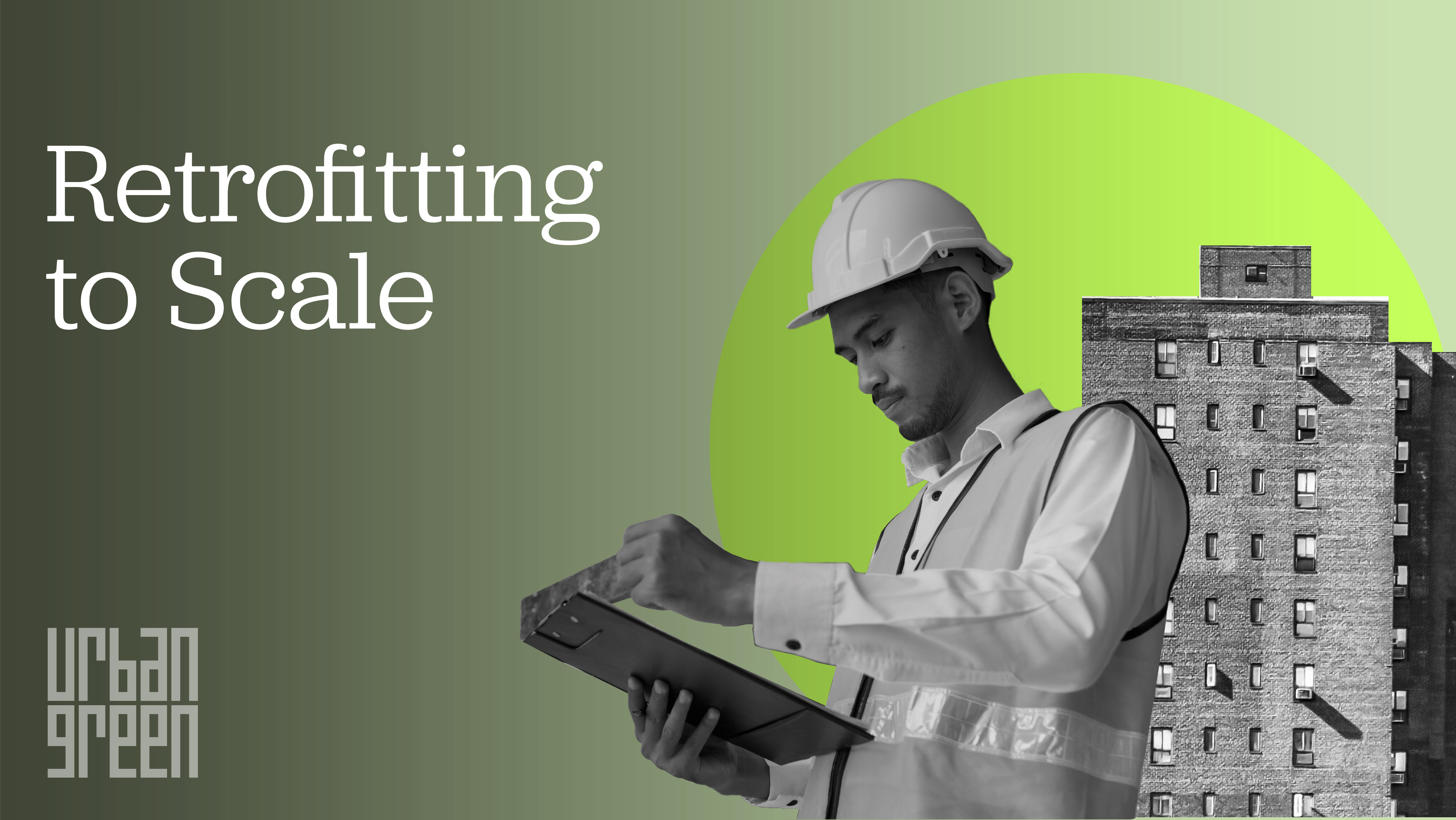How can we retrofit almost 50,000 buildings in 10 years? It’s not going to be easy—or cheap.
Download the retrofit market analysis
Published June 19, 2019
Local Law 97 is the largest disruption in our lifetime of the New York City real estate industry. The law sets tough carbon caps for buildings starting in 2024, and even more aggressive caps in 2030.
Disruption creates huge challenges. But it also brings opportunity. We wanted to know how the building energy retrofit market will need to grow and were surprised at the lack of data available. So Urban Green did what we do best—convened experts to create a comprehensive forecast.
We found that if all building owners choose retrofits to comply with the new law, a new $20B retrofit market will be required over the course of the next decade; that’s 13 times larger than today’s annual market. (For comparison consider that the global smartphone industry grew at a multiple of 12 over the last decade.) In addition, David Hsu from MIT estimates that the law will create 141,000 new jobs in the NYC metro area by 2030.
Data like this fills a critical need. It defines market opportunity so that new technologies and business models can be generated, and the skilled labor necessary to meet demand will be ready. A functioning market with a smooth growth trajectory can produce less costly retrofits.
With 50,000 buildings covered under the new law, NYC is about to become the largest retrofit market in the country, if not the world. What we need now is a level of innovation, business expansion, and workforce development to match this opportunity—and drive down carbon emissions efficiently.
Published June 19, 2019

Download the retrofit market analysis
See how NYC can retrofit 50,000 buildings in 10 years.
